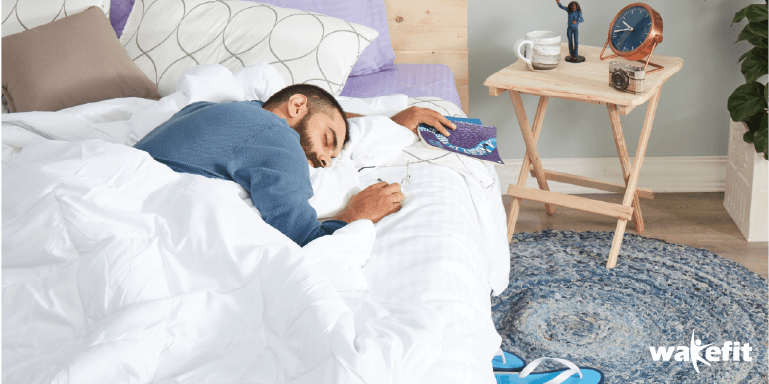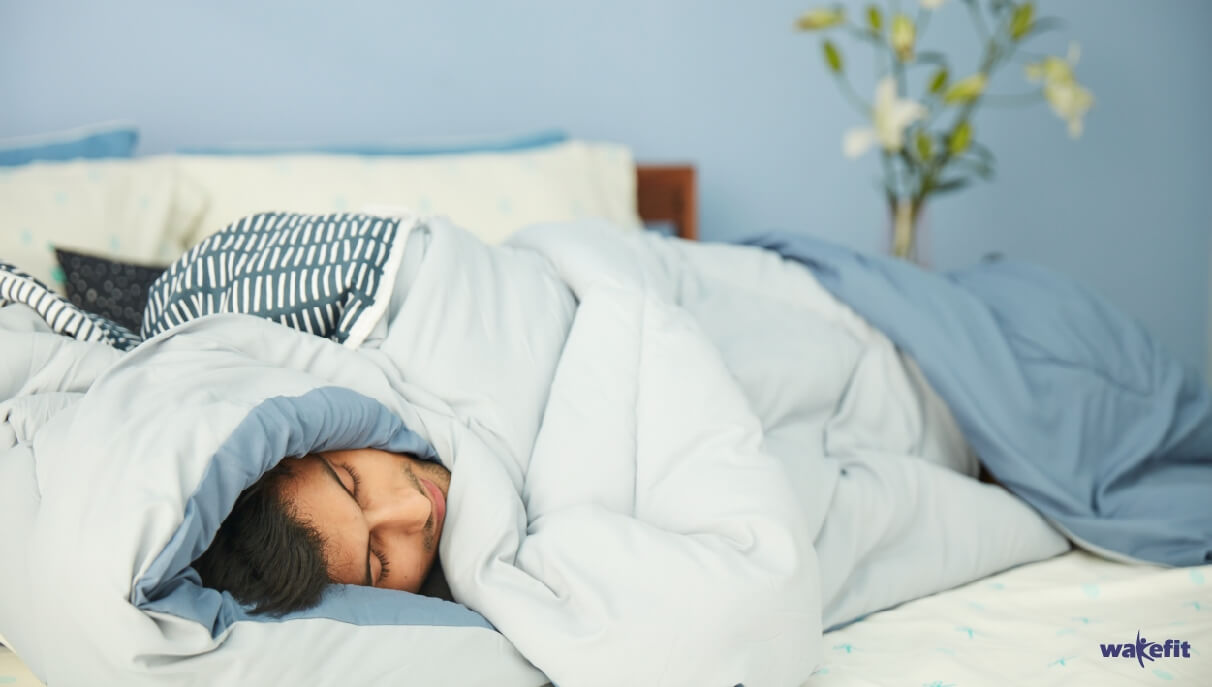Let us break it out to you at the onset itself: Just because something is generally considered good, it does not mean that it will work for you. Yes, this wisdom is true for power naps as well.
A power nap is the best way to rest, which in turn allows you to optimally function throughout the day. It improves your attention span. It enhances your productivity. And it keeps you happy all day long. Despite all these great benefits, a power nap may not be the ideal relaxation technique for you. People with insomnia, for instance, may not benefit from a power nap because it might further worsen your nighttime sleep.
However, if you have no sleeping conditions or ailments, and have generally felt better after an afternoon nap, then this post is for you. Here we spill all the tricks on how to get the best power nap ever.
A guide on how to nap like a pro
Below are three critical things to keep in mind to get the most out of your afternoon nap:
- Nap length is key
Your nap length is crucial in order to determine the quality of the power nap you get.

If you nap too long, then you are bound to feel lethargic and sluggish, exactly the opposite of what one expects from a power nap. If the nap is too short, then too you do not reap the benefits of a nap. So the obvious question is, what is the ideal nap length?
According to experts, 20 minutes makes for a perfect nap length.
In 20 minutes, the sleeper transitions from stage one sleep, which is drifting off to sleep, to stage two sleep, which is when our brain activity slows down. If you go beyond stage two, then expect to wake up feeling more drowsy and tired than before.
- Nap time is everything
The best time to power nap is after lunch.
To understand why to let us quickly go over why we feel drowsy in the afternoon. Brandon Peters writes in Very Well Health that our body cells use ATP or adenosine triphosphate for energy. This process of metabolism gives out a byproduct called adenosine. The more adenosine gets accumulated in our body, the sleepier we feel.
One of the best ways to reduce the level of the accumulated adenosine is to take a nap. This is what makes the time post-lunch ideal for a nap. Any time before that is too early as the accumulated adenosine may be too low. Any time later is bad too as it can hamper your night sleep.
- Try a caffeine nap
As we had discussed in a previous post, a caffeine nap, also known as a coffee nap, is a siesta under the influence of coffee.

A caffeine nap is a short slumber that lasts fifteen to twenty minutes immediately after consuming a cup of coffee.
Here is how caffeine nap works:
Drink a cup of coffee just before you take your nap. The caffeine takes time to kick in. When you wake up after your siesta, and have reduced your adenosine accumulation, the caffeine kicks in and helps block the further accumulation of adenosine.
This way you stay alert and focus for a longer period of time after your power nap.
Now that you know when to take a nap, how long to nap, and how to make the nap work for you, the only thing left for you to do is to try it out. Let us know how it went!
For more articles on sleep and health, stay tuned to this space.
References:
https://www.webmd.com/balance/features/the-secret-and-surprising-power-of-naps#1
https://www.sleepcycle.com/how-to-fall-asleep/how-to-power-nap-like-a-pro/




No Comments